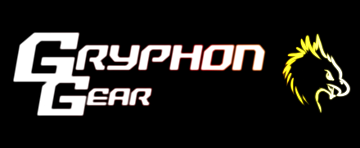Supercharged

Posts: 48
Joined: Sat Mar 29, 2014 10:42 pm
Cars: 2015 Dodge Challenger R/T Scat Pack
1979-1981 KVE Frejya 5000GT
In June 1979, only 4 months after construction began, the prototype for the new KVE Freyja had made its debut.
Chrysler had terminated the production agreement with KVE shortly after the company's in-house struggle for control, forcing the company to again find an engine supplier. After several days in Michigan, the company's founder had announced once again that Ford Motor Company would provide V-8s to KVE, 10 years after it had inexplicably ceased dealing with the company before. Like what had happened in 1970, Ford and KVE refused to discuss what had occurred during negotiations.
As for the car itself, the Freyja would introduce many firsts for KVE. For instance, the heavy, steel body panels from 1973-77 were gone, replaced with lightweight fiberglass. In another first for KVE, a sophisticated 4-wheel double-wishbone independent suspension was incorporated, resulting in vastly improved handling.
The styling of the body was heavily inspired by designs coming out of the Far East by this time. It was rather garish with many surface details: grills, vents and louvers abounded in this new, small, 2900 pound 2-door, 2-seat hatchback design.
Powering the new car was a familiar 302 cubic inch Ford small-block V-8. Once KVE's team of engineers had finished with it, it would produce 185 horsepower and 235lb/ft of torque from the 2-bore carbureted engine, and would exit through a single exhaust. A far cry from what it could generate 10 years before, but better than nothing.
On the company's test track and drag strip, the new car would prove it self capable of running rings around its overstuffed predecessor. It took 7.6 seconds to get to 60 miles per hour, and 15.78 to cover a quarter mile, a huge improvement over the '77 Zorya. The brakes, the only real carryover from the Zorya, could stop the car in a respectable 137 feet from 60mph. When the 4-speed manual was in top gear, a maximum speed of 138mph was possible. The car's lighter weight and state-of-the-art suspension made it over 12 seconds quicker on the road course compared the Zorya. The auto press were torn over the styling; some thought it way over-the-top, whilst others called it a welcome breath of fresh air. What these journalists did agree on though was that the price of $15000, $5000 more than a contemporary Corvette, was a bit hard to swallow.
Still, the new car was a solid hit for the company, with 963 cars sold in 1979 and 1980.



